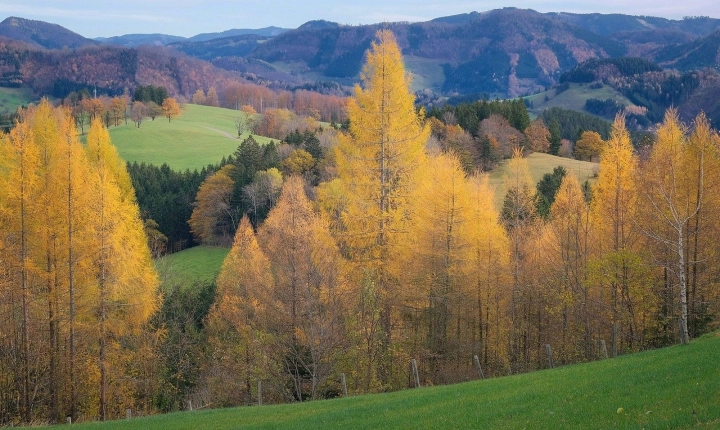Title: How to Create an Image AI: A Step-By-Step Guide
In recent years, Image AI (Artificial Intelligence) has become a burgeoning field with applications ranging from image recognition and processing to computer vision. With the growing need for advanced image analysis and pattern recognition, many developers and researchers are seeking ways to create their own image AI. In this article, we will provide a step-by-step guide on how to create an image AI from scratch.
Step 1: Define the Objectives and Use Cases
The first step in creating an image AI is to define the specific objectives and use cases for the AI system. This involves identifying the type of images the AI will be working with, the tasks it needs to perform (e.g., image recognition, classification, segmentation, etc.), and the desired accuracy and performance metrics.
Step 2: Gather and Prepare the Data
The success of an image AI system heavily relies on the quality and quantity of the training data. It is crucial to gather a diverse and representative dataset that encompasses all the possible variations and scenarios the AI will encounter in real-world applications. Furthermore, the data should be meticulously labeled and annotated to enable supervised learning algorithms.
Step 3: Choose a Machine Learning Framework
Selecting the right machine learning framework is a crucial decision in the process of creating an image AI. There are numerous open-source and commercial frameworks available, such as TensorFlow, Keras, PyTorch, and Caffe, each with its own strengths and weaknesses. Factors to consider include ease of use, community support, and compatibility with your specific use case.
Step 4: Design and Train the Model
Once the data and framework are in place, the next step is to design and train the AI model. Depending on the use case, this might involve building a convolutional neural network (CNN) for image recognition, a recurrent neural network (RNN) for sequential image processing, or other specialized architectures. Hyperparameter tuning and iterative model training are essential to achieve optimal accuracy and performance.
Step 5: Evaluate and Fine-Tune
After training the model, it is crucial to rigorously evaluate its performance using validation and test datasets. Metrics like precision, recall, and F1 score can be used to gauge the model’s accuracy and generalization. Based on the evaluation results, the model may need to be fine-tuned by adjusting the architecture, hyperparameters, or data augmentation techniques.
Step 6: Deploy and Integrate
Once the image AI model has been developed and fine-tuned, it is ready for deployment and integration into real-world applications. This may involve creating APIs for seamless integration with other systems, optimizing the model for inference speed and memory footprint, and ensuring robustness and scalability in production environments.
Step 7: Monitor and Improve
The journey of creating an image AI does not end with deployment. Continuous monitoring and improvement are necessary to ensure the AI system maintains peak performance and adapts to evolving use cases and data distributions. This may involve collecting and analyzing feedback from real-world usage, retraining the model with new data, and implementing updates to the AI pipeline.
In conclusion, creating an image AI involves a complex and iterative process that demands a deep understanding of machine learning, computer vision, and software engineering. By following the step-by-step guide outlined in this article, developers can embark on the journey of creating their own image AI and contribute to the advancement of this rapidly evolving field.
